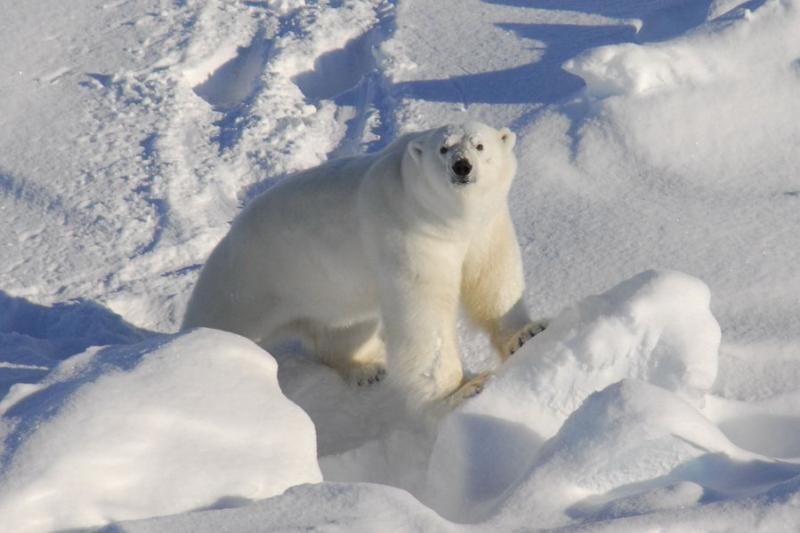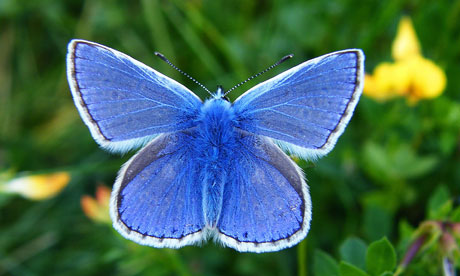Scientists from Denmark and Canada are worried by their new findings showing that several bioaccumulative perfluoroalkyl substances (PFASs) are crossing the blood brain barrier of polar bears from Scoresby Sound, East Greenland.
© Rune Dietz, Aarhus UniversityScientists have been monitoring the polar bear for contaminants in East Greenland over the past 30 years. They are worried by the findings of bioaccumulated perfluoroalkyl substances (PFASs) in the brain.
PerFluoroAlkyl Substances (PFASs) and precursor compounds have been used in a wide variety of commercial and industrial products over the past six decades. Applications include water and oil repellent coatings, e.g. for textiles, paper products, carpets and food packaging, pharmaceuticals and surfactants in cleaning products and fire-fighting foams. PFASs are highly resistant to chemical, thermal and biological degradation.
PFASs and their precursor compounds have shown a dramatic increase and dispersal around the world over the past four decades. An increasing amount of information is becoming available on the toxicity of these compounds. Hence, studies have documented the toxicity of PFASs on wildlife and human health, including carcinogenesis, genotoxicity and epigenetic effects as well as reproductive and developmental toxicities, neurotoxicity, effects on the endocrine system and immunotoxicity.
Bioaccumulative PFASs enter all parts of the brainDespite the fact that the liver is considered the major repository in the body for most PFASs, some shorter chain compounds from this grouping have previously been reported in the brain of chicken embryos, suggesting that they are able to cross the blood-brain barrier.
Previous studies have shown a dramatic biomagnification of several PFASs, and particularly one known as perfluorooctane sulfonate (PFOS) as well as several compounds of the perfluorinated carboxylate (PFCAs) grouping, in polar bears. PFOS have been shown to be at concentrations in the liver that are 100 fold higher than the ringed seals on which they are predating. In a new study Arctic researchers from Carleton University in Canada and Aarhus University in Denmark have used the polar bear as a sentinel species for humans and other predators in the top of the food chain. The researchers demonstrated accumulation of PFOS and several PFCAs in eight brain regions of polar bears collected from Scoresby Sound, East Greenland. Dr. Robert Letcher, Carleton University, explains:
"We know that fat soluble contaminants are able to cross the brain-blood barrier, but is it quite worrying that the PFOS and PFCAs, which are more associated with proteins in the body, were present in all the brain regions we analyzed."
Professor Rune Dietz, Aarhus University, is also worried about the results:
"If PFOS and PFCAs can cross the blood-brain barrier in polar bears, it will also be the case in humans. The brain is one of the most essential parts of the body, where anthropogenic chemicals can have a severe impact. However, we are beginning to see the effect of the efforts to minimize the dispersal of this group of contaminants."


